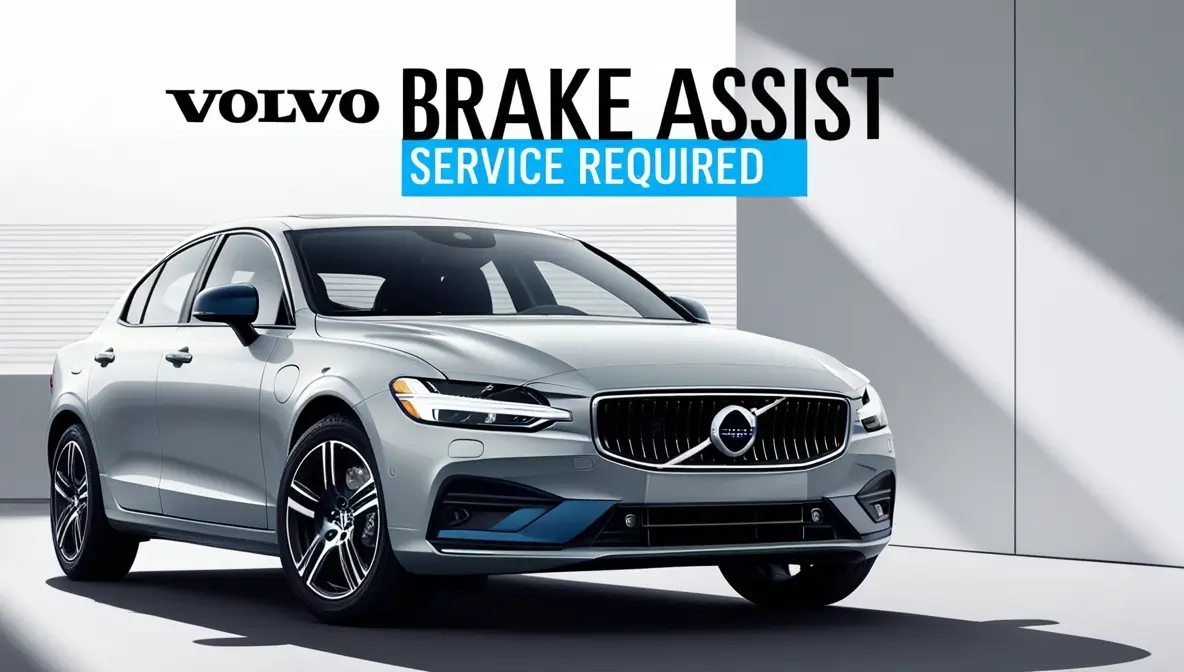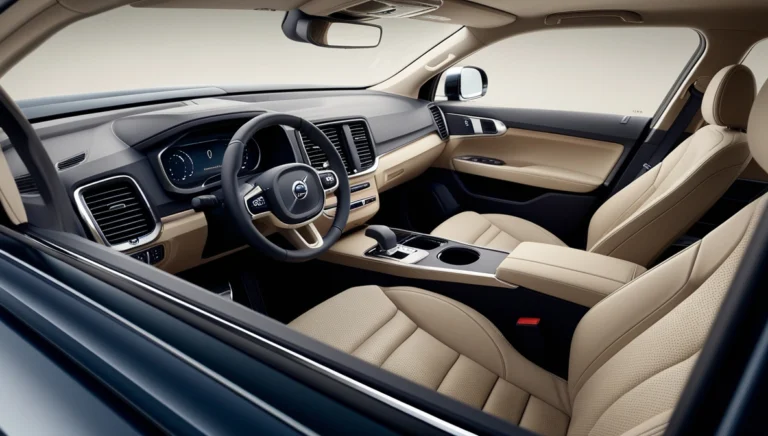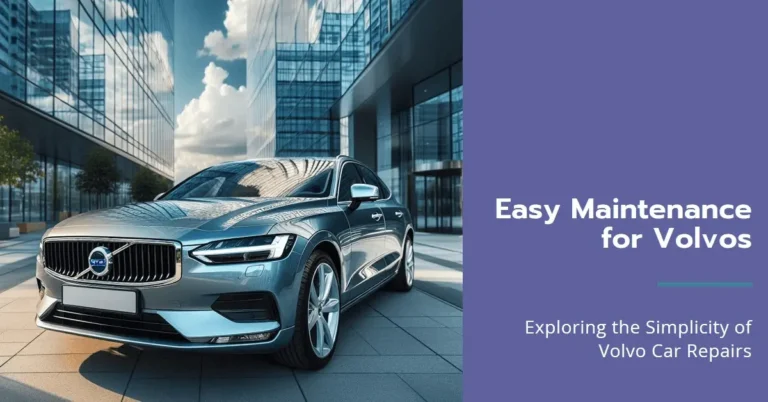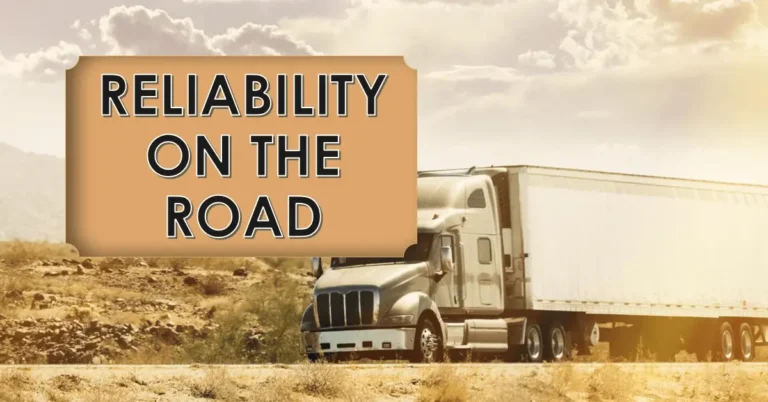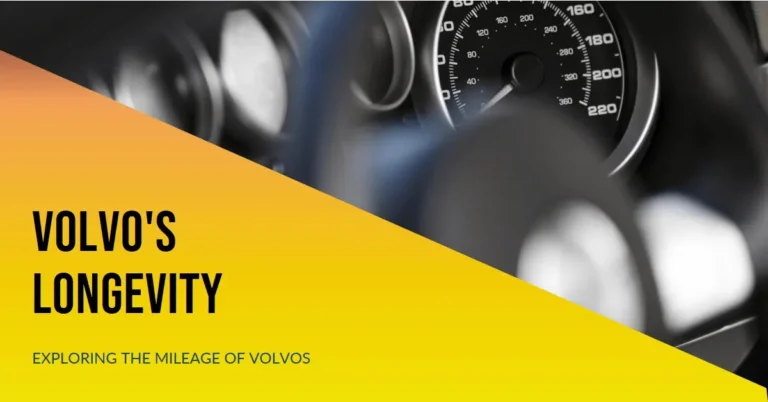What is Volvo Brake Assist Service Required?
That ‘Brake Assist Service Required’ warning in your Volvo isn’t a roadside emergency, but it shouldn’t be ignored either. From immediate safety checks to repair costs, here’s your step-by-step guide to handling this common alert.
The Brake Assist Service Required message in your Volvo indicates an issue with your car’s Brake Assist System (BAS). This system helps you brake faster in emergencies by detecting when you slam on the brakes and automatically applying maximum braking force. Think of it as your braking superhero, always ready to jump in when you need extra stopping power.
Understanding Volvo’s Brake Assist System (BAS)
Remember playing video games where you had to hit the brake button at just the right moment? Well, Volvo’s BAS is kind of like having a pro gamer watching your back. When you suddenly hit the brakes, the system analyzes your braking speed and force. If it detects an emergency, it kicks in extra power to help you stop faster than possible.
The beauty of BAS lies in its seamless integration with other safety features. It works hand-in-hand with your Anti-lock Braking System (ABS), like a well-choreographed dance team. While ABS prevents your wheels from locking up, BAS provides that extra oomph in braking force. Together, they can reduce your stopping distance by up to 20% – about the length of a small living room!
Different Volvo models handle BAS slightly differently. In newer models like the XC90 and XC60, the system uses advanced sensors and sophisticated computer algorithms. These smart little devices monitor everything from pedal pressure to vehicle speed. It’s like having a tiny brain dedicated just to your braking needs.
When Does the “Brake Assist Service Required” Message Appear?
You might see this warning for several reasons; not all are as scary as they sound. Sometimes, it’s as simple as a dirty sensor (yes, even your Volvo gets the sniffles sometimes). Other times, it could be low brake fluid or an ABS hiccup.
Weather can play tricks on your BAS, too. Heavy rain or snow might confuse the sensors, like when your phone’s touch screen interacts with wet fingers. Road debris can also mess with the system – those tiny pebbles and dust particles can be troublemakers!
Some situations do call for immediate attention. Don’t wait if you notice your car taking longer to stop or if the brake pedal feels softer than a marshmallow. These could be signs that your BAS needs professional care right away.
Also Read:
How to Check Volvo Transmission Fluid?
Preventative Measures to Maintain BAS Efficiency
Just like you wouldn’t skip brushing your teeth, don’t skip Volvo’s brake maintenance! Regular check-ups can catch small issues before they become big headaches. Keep an eye on your brake fluid levels – think of it as your BAS’s morning coffee, essential for proper functioning.
Make friends with your local Volvo service center. Regular visits for software updates are like giving your car’s brain a vitamin boost. These updates can improve your BAS and fix bugs you didn’t even know existed.
What is Volvo Brake Assist Service Required?
Picture this: You’re cruising down the highway in your trusty Volvo when suddenly, a dashboard message catches your eye – “Brake Assist Service Required.” Your heart skips, and you wonder if you should pull over now. Take a deep breath! While this warning shouldn’t be ignored, understanding what it means will help you make smart decisions about your safety.
The Brake Assist Service Required message in your Volvo indicates an issue with your car’s Brake Assist System (BAS). This system helps you brake faster in emergencies by detecting when you slam on the brakes and automatically applying maximum braking force. Think of it as your braking superhero, always ready to jump in when you need extra stopping power.
Understanding Volvo’s Brake Assist System (BAS)
Remember playing video games where you had to hit the brake button at just the right moment? Well, Volvo’s BAS is kind of like having a pro gamer watching your back. When you suddenly hit the brakes, the system analyzes your braking speed and force. If it detects an emergency, it kicks in extra power to help you stop faster than you could.
The beauty of BAS lies in its seamless integration with other safety features. It works hand-in-hand with your Anti-lock Braking System (ABS), like a well-choreographed dance team. While ABS prevents your wheels from locking up, BAS provides that extra oomph in braking force. Together, they can reduce your stopping distance by up to 20% – about the length of a small living room!
Modern Volvo BAS uses something called “smart pedal interpretation.” Imagine having a mind reader who knows when you’re panic braking versus just slowing down for a speed bump. The system looks at how quickly you move your foot from the gas to the brake pedal. If it senses urgency, it prepares the brakes for maximum force before you even push the pedal down!
Technical Components of BAS
Let’s peek under the hood (without getting too nerdy about it). Your Volvo’s BAS system includes:
- Brake pressure sensors that measure how hard you’re pushing
- Wheel speed sensors that track how fast each wheel is turning
- A hydraulic pump that can boost brake pressure when needed
- An electronic control unit (ECU) that acts as the system’s brain
Think of these parts like a sophisticated game of telephone. The sensors send messages to the ECU, telling the hydraulic system, “Hey, our driver needs help stopping quickly!”
When Does the “Brake Assist Service Required” Message Appear?
Common Triggers
You might see this warning pop up for several reasons:
- Sensor Issues
- Dirt or debris-blocking sensor signals
- Worn-out or damaged sensors
- Electrical connection problems
- System Performance Problems
- Low brake fluid levels
- Air in the brake lines
- Worn brake pads affecting system readings
- Environmental Factors
- Extreme weather conditions affecting sensor performance
- Salt and road grime buildup
- Temperature-related system stress
Warning Signs You Shouldn’t Ignore
Besides the dashboard message, watch out for these red flags:
- A spongy or soft brake pedal (it should feel firm, not like stepping on a marshmallow)
- Unusual noises when braking (squealing, grinding, or clicking)
- Longer stopping distances than usual
- The brake pedal pulsates differently than normal ABS activation
Advanced BAS Features in Modern Volvos
Modern Volvo models pack some seriously smart features into their BAS:
City Safety Integration
The latest BAS systems work with Volvo’s City Safety feature. This dynamic duo can:
- Detect pedestrians and cyclists
- Recognize large animals (yes, even moose – this is Volvo we’re talking about!)
- Automatically brake if you don’t react in time
Predictive Technology
Newer models use radar and cameras to:
- Scan the road ahead for potential hazards
- Pre-charge the braking system if a collision seems likely
- Adjust brake force based on road conditions
Professional Maintenance Tips
Here’s what the pros check during BAS service:
Diagnostic Procedures
- Electronic System Scan
- Checking for error codes
- Testing sensor responses
- Verifying system communication
- Physical Inspection
- Brake fluid quality and level
- Sensor cleanliness and positioning
- Wiring condition
- Hydraulic system integrity
Service Intervals
Follow these general guidelines:
- Basic inspection: Every 15,000 miles
- Brake fluid change: Every 2 years
- Sensor cleaning: Annually or as needed
- System calibration: When other brake work is done
Cost-Saving Tips Without Compromising Safety
While you should never skip necessary repairs, here are some smart ways to manage BAS maintenance costs:
- Regular Cleaning
- Keep sensors clean, especially in winter
- Wash underbody areas where sensors are located
- Remove road salt promptly
- Preventive Care
- Check brake fluid levels monthly
- Listen for unusual sounds
- Pay attention to brake feel changes
- Service Timing
- Combine BAS service with regular maintenance
- Ask about service packages
- Consider independent Volvo specialists for out-of-warranty cars
The Future of Volvo BAS
Volvo’s next-generation BAS systems are getting even smarter:
Upcoming Features
- Machine learning algorithms that adapt to your driving style
- Integration with navigation systems for terrain-based brake assistance
- Enhanced environmental sensing capabilities
Connected Car Benefits
- Over-the-air updates for system optimization
- Remote diagnostic capabilities
- Predictive maintenance alerts
Emergency Procedures
If your BAS warning appears while driving:
- Stay Calm
- Your regular brakes still work
- BAS is an enhancement, not the primary braking system
- Immediate Actions
- Increase following distance
- Reduce speed
- Plan for longer stopping distances
- Next Steps
- Note any other warning lights
- Document when the warning appeared
- Schedule service appointment
Conclusion
Your Volvo’s BAS is like a guardian angel for your brakes – always there but hopefully never needed. While the “Service Required” message might seem scary, now you know it’s just your car’s way of saying, “Hey, I could use a check-up!” Keep up with maintenance, pay attention to warning signs, and you’ll keep your Volvo’s braking superpowers in top shape.
Remember, modern cars are incredibly smart but still need our attention and care. Treat your Volvo’s BAS system like the sophisticated safety feature it is, and it’ll have your back when you need it most – even if that moose decides to cross the road at the wrong moment!
FAQs on Volvo Brake Assist Service Required
Can I Drive with a “Brake Assist Service Required” Warning?
While your car won’t turn into a pumpkin immediately, it’s best not to push your luck. You can usually drive to your service center, but avoid Fast and Furious moves. Keep extra distance between you and other cars, like you’re social distancing on the road.
How Much Does It Cost to Service BAS in a Volvo?
Let’s talk money – BAS service typically costs between $150-$500, depending on what’s acting up. Sometimes, it’s just a sensor that needs cleaning (cheaper than a fancy dinner), while other times, it might need more serious attention (more like a weekend getaway). Always get a quote from your service center first.
Does BAS Impact My Volvo Warranty?
Good news! BAS repairs are usually covered under Volvo’s standard warranty (4 years/50,000 miles). You might be covered even longer if you’ve got an extended warranty. Just keep those service records filed away like your favorite recipes – you never know when you’ll need them!

